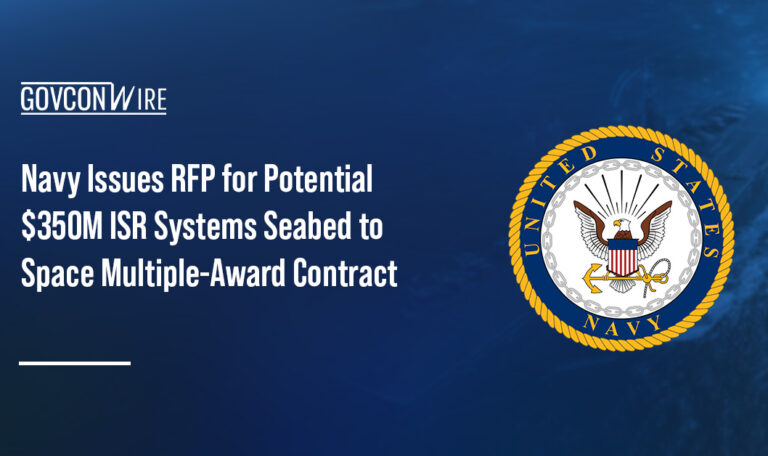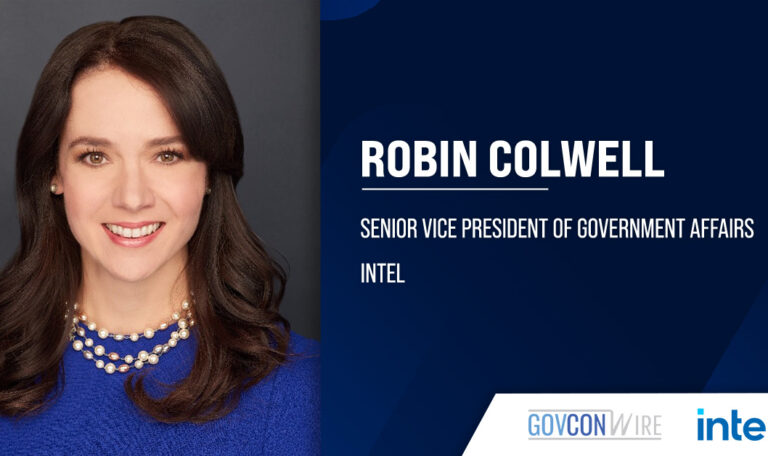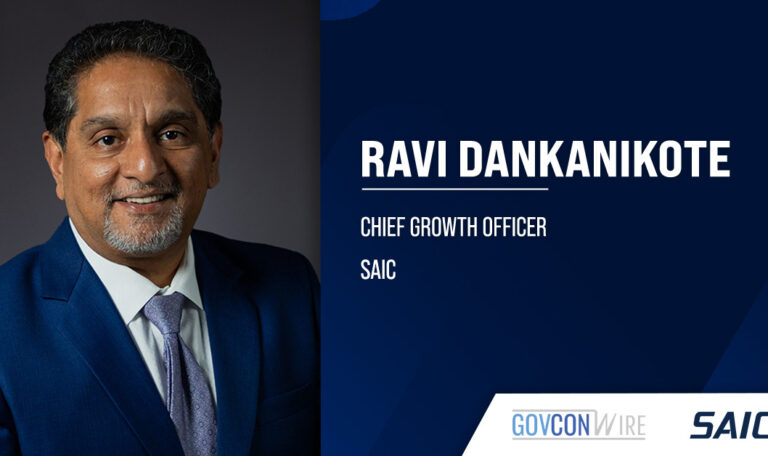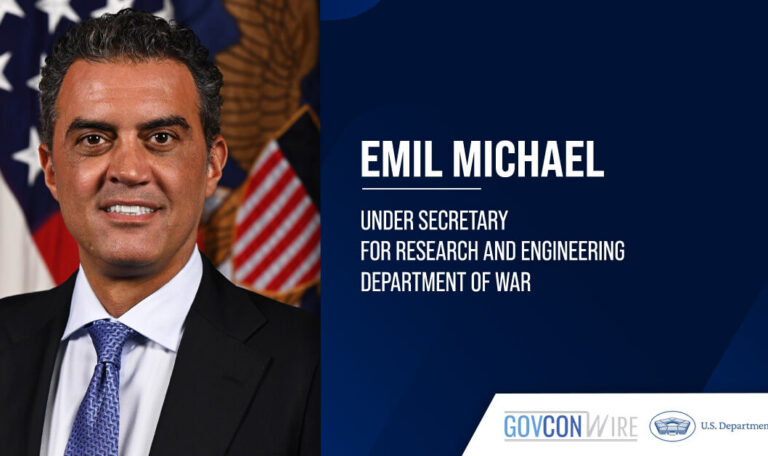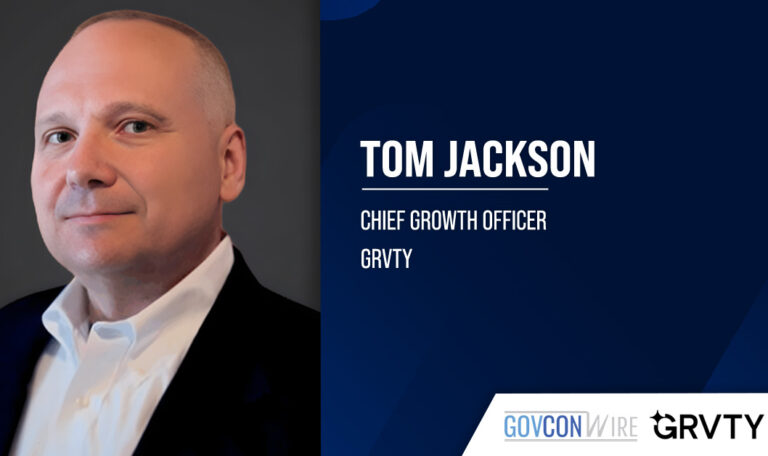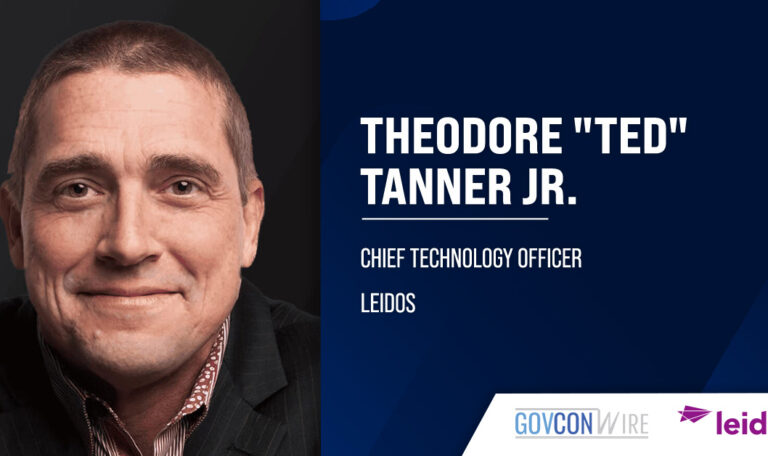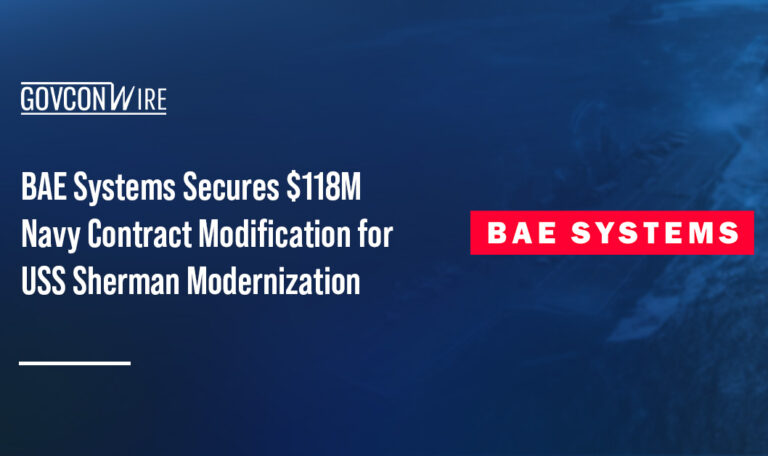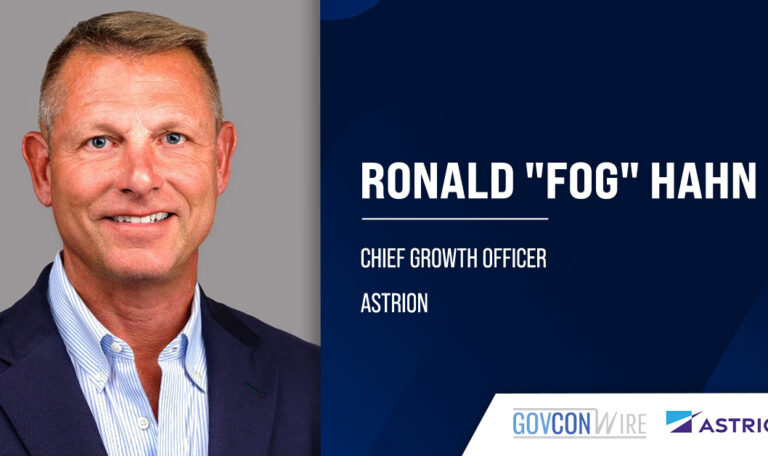As the pace of global competition quickens, conflicts unfold and the U.S. intelligence community begins to embrace the idea of unclassified work, IC leaders are exploring new ways to enhance collaboration and integration between mission and IT.
At the Potomac Officer Club’s 8th Annual Intel Summit, technologists and leaders from government and industry convened in a panel discussion to tackle the ways in which that traditional gap can be closed.

“Mission comes to the table with a necessary problem that’s always with a time constraint. Analysts and architects and deep IT thinkers will never have enough time to go figure out the best way of doing this, so there’s always a conflict there. And I think what we all have to push towards is how do we pull those two things together?” posed Brian Schreffler, chief technology officer for the Office of the Director of National Intelligence.
One solution Schreffler proposed is harnessing the concept of data science, which he calls “a bridge between what we’re trying to do on the mission side and what we do in IT.”
Data science is a relatively new field that combines advanced analytics, artificial intelligence, machine learning, specialized programming skills and deep subject matter expertise to harness an organization’s massive troves of data for actionable insights and intelligence.
In industry, “knowledge graphs” have emerged from this field as a concept that allows users to create a fully connected data paradigm.
Vincent Bridgeman, vice president of intelligence services at Redhorse Corporation, explained the concept as a tool that takes “all the relevant pieces of data from all of your relevant data sources and connects them into a net new data asset.”
“That asset represents a problem model for whatever problem you’re working, whether it’s transnational organized crime or sanctions or whatever. That data model, along with all of the data that you can muster to solve the data model, enables some pretty powerful data science approaches,” outlined Bridgeman.
IC leaders are increasingly turning toward advanced data tools and data scientists to help them make informed, data-driven decisions. But some argue that data scientists, despite their wide-ranging expertise and skill sets, may not be able to bridge the mission and IT gap themselves.
“You’ve seen the attempts with data science of having people who have all of the acumen to be able to do very complex analysis, but not understand the business case that they’re trying to solve,” Brian Bataille, chief data officer for the Defense Intelligence Agency, told the in-person audience in Tysons, VA.
Bataille’s solution for closing the gap involves appointing data stewards who are responsible for each mission area and providing a forum for them to collaborate with each other.
He described the DIA’s “affinity for having mission individuals become data stewards to bring the mission context into the data management perspective” as an effort that has propelled the agency forward in its efforts to combine data management with the larger mission.
In the same vein, the CIA’s deputy chief data officer, Rick Klein said his agency is taking a more literal approach to solving the mission-IT disconnect.
Klein said the CIA is focused on the “pushing of data management and data professionals into our mission space to work side by side with mission — analytic mission, operations mission. So literally physically bridging that gap between mission and IT.”
“We are putting these professionals in side-by-side with mission — and it’s not just data management experts, it’s also our data scientists sitting in with mission who know what those challenges are. They’re often the first ones to get their hands on the data and start manipulating it and coming up with the capabilities that are going to unlock the potential and the value from the data on behalf of that mission,” Klein explained.

Learn more about the challenges and opportunities shaping the future of intelligence during the Potomac Officers Club’s Cybersecurity in the Modern Intelligence Community Forum on Nov. 16. Christopher Cleary, principal cyber advisor for the U.S. Department of the Navy, is slated to keynote. Register here.




